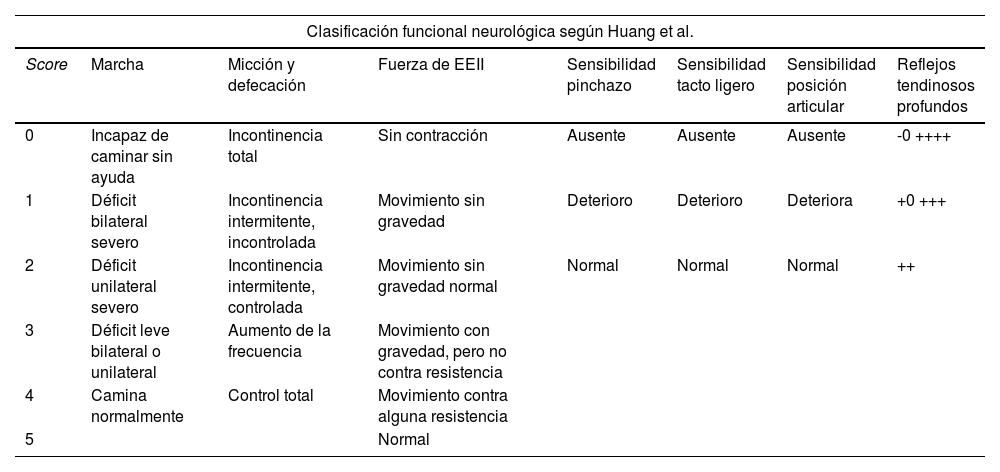La diastematomielia, una rara anomalía congénita de la columna vertebral, se caracteriza por la división de la médula espinal y a menudo se asocia con otras malformaciones espinales y cutáneas. Su diagnóstico se realiza principalmente mediante ecografía prenatal y resonancia magnética (RM) fetal. La evaluación posnatal se lleva a cabo con tomografía computarizada (TC) y RM, que son esenciales para una evaluación integral y la planificación terapéutica. El pronóstico depende de la presencia de síntomas neurológicos, cuya gravedad puede correlacionarse con hallazgos radiológicos específicos. El tratamiento varía desde la cirugía en casos sintomáticos hasta la observación en pacientes asintomáticos. Este artículo revisa la diastematomielia aportando imágenes ilustrativas de TC y RM posnatal para recalcar la importancia de su evaluación integral para garantizar un diagnóstico preciso que guíe el manejo clínico adecuado.
Diastematomyelia, a rare congenital anomaly of the spine, is characterised by the separation of the spinal cord and is often associated with other spinal and cutaneous malformations. Diagnosis is made primarily by prenatal ultrasound and fetal Magnetic Resonance Imaging (MRI). Postnatal evaluation is carried out using Computed Tomography (CT) and MRI, and this is essential for a comprehensive assessment and appropriate treatment planning. Prognosis depends on whether or not neurological symptoms are present, and its severity may correlate with specific radiological findings. Treatment ranges from surgery in symptomatic cases to observation in asymptomatic patients. This article reviews diastematomyelia, providing illustrative images from postnatal CT and MRI to emphasize the importance of carrying out a comprehensive assessment to ensure that the diagnosis is accurate and clinical management is thus appropriately guided.




















